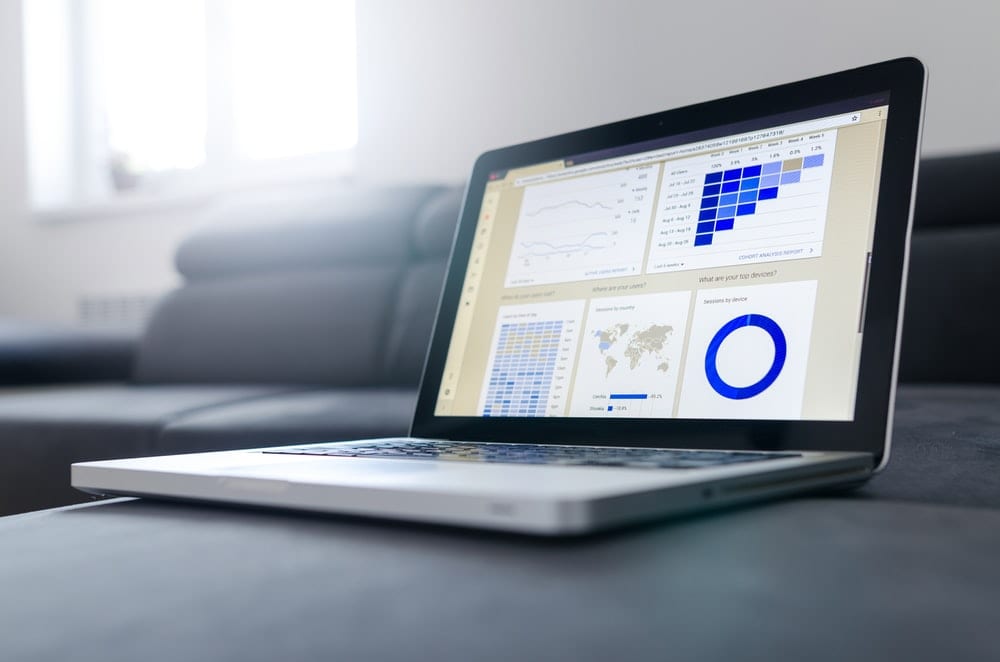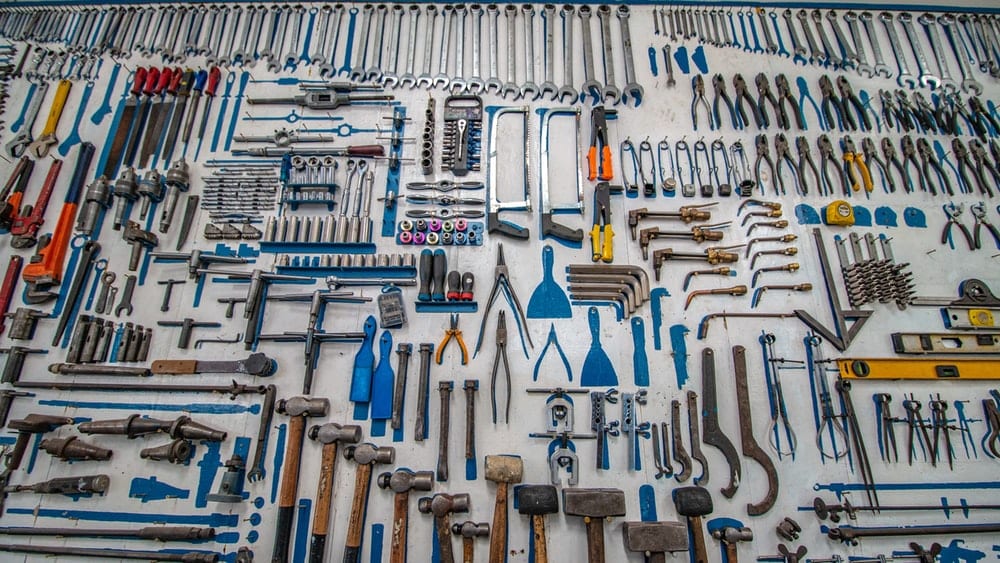There you are, a junior data scientist on one of your first big projects after transitioning into one of 2019’s best careers. You’ve written crisp, well-documented code that’s effective and organized. After carefully reviewing the assumptions required for your analysis, you’ve processed the data into the proper format. Your machine learning models have been carefully chosen for this application, and are performing well.
Then, the first person who sees your project shows no interest in the technical details and just wants to know, ‘what does all this mean?’
It’s happened to me. It’ll happen to you.
Junior data scientists are prone to getting so heads-down in the technical details that they forget one of the most important things about their career: the whole point of analysis is to drive behavior. You’re trying to forecast changes in oil prices, find out if one article title performs better than another, or if there is a significant difference between two groups. Someone wants to use that information for decision-making.
What this means for data scientists is that communicating results is often the most important part of any project. And there’s usually no better way to get a point across to a non-data-scientist than a compelling data visualization.
Why Is Data Visualization Important?

It’s important to learn how to visualize data because interpreting data is hard. The human brain evolved thousands of years before the invention of machine learning, probability, numbers, and even language. It’s very, very difficult for a person to scan a list of numbers and see anything meaningful in them.
For this reason, we spend time learning data visualization. It’s important not just in helping others understand data, but in helping us as Data Scientists understand data, as well. One of the first things most data scientists do with a new project is ‘exploratory data analysis,’ which involves lots of charting and basic analysis just to get a grip on the overall structure of the data.
Luckily, we have many ways of doing this!
What Are the Best Tools for Visualizing Data?

A task as important as making results understandable has naturally led to many different tools for the job. These can be imperfectly lumped into one group that requires no coding and another group that requires coding.
Data Visualization Tools that DON’T Require Coding
- Tableau is without a doubt that most popular data visualization tool for corporations. It doesn’t require programming knowledge and let’s you make charts, graphs, and interactions as part of your presentations. It’s definitely worth picking up if you think you’ll get into business intelligence.
- Infogram is similar to Tableau and does a great job of handling real-time streaming data. This is a big deal if you’re making interactive dashboards for clients (which is more common than it may sound).
- ChartBlocks is a browser-based visualization tool that’s lightweight and extremely easy to use.
Data Visualization Tools that DO Require Coding
- Plotly has an API that’ll let you program visualizations in Python or JavaScript.
- D3.js the most powerful option available and utilizes JavaScript, HTML, and CSS to make truly stunning interactions that can also be interactive. There are also quite a few data visualization libraries built on top of D3.js, including NVD3, Vega, and Altair (which is technically built on top of VegaLite, which is built on top of Vega).
With all of these options, you’ll be shoving fistfuls of actionable insight directly into your client’s brain in no time!
About us: Career Karma is a platform designed to help job seekers find, research, and connect with job training programs to advance their careers. Learn about the CK publication.



